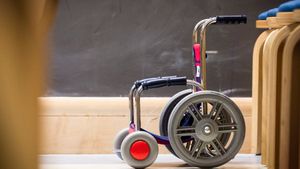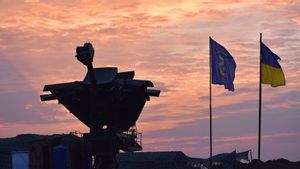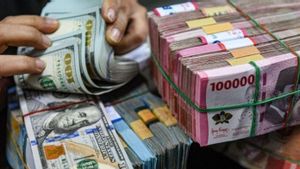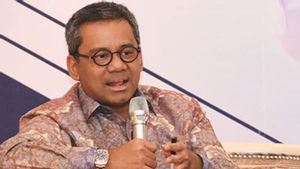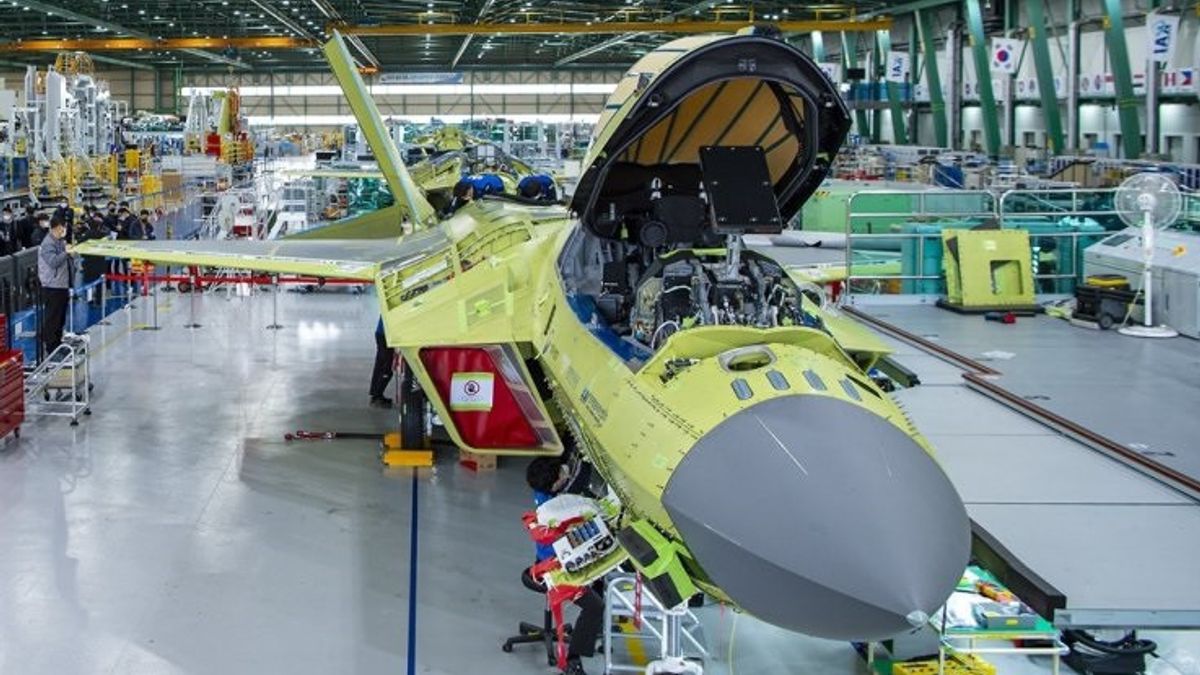
JAKARTA - South Korea is preparing to launch a prototype of the Korean Fighter eXperimental fighter jet (KF-X), which will be developed domestically at the end of next month.
Six prototypes are in the final stages of assembly at Korean Aerospace Industries (KAI) headquarters in Sacheon, Gyeongsang Province. The test flights will be carried out next year, after the ground trials have been launched, the upcoming Aprik.
It is hoped that the launch of the 4.5-generation fighter jet will not only help accelerate the production of domestic fighter jet parts, but also have a sizeable economic effect, creating jobs for around 110,000 people during the full development period planned for up to 2028.
"Since KAI started the KF-X development project in 2016, the project has created jobs for more than 10,000 people by 2020," said the company in a statement as reported by Koreatimes.
Designed as a 4.5 generation fighter jet, the KF-X is ready to be transformed into a 5th generation fighter with enhanced stealth technology. By doing so, this aircraft is expected to compete in the global market with a number of veteran 5th generation fighter jets such as the F-35 and F-22 Lightning II and the F-22 Raptor of the United States, based on price and technology.
"Since the KF-X is equipped with the hardware to become a stealth fighter, we are currently exploring ways to apply stealth technology to the jet. Although we have not specified details for further developments, the military has not provided the necessary details for further development. continued after the Block I and Block II stages of the KF-X development project, "explained the Director General of the KF-X Program Group under the Defense Acquisition Program Administration (DAPA) Jung Kwang-sun.
Meanwhile, the KF-X's core equipment has been developed with South Korean domestic technology, including an active electronically scanned array (AESA) radar, infrared search and track (IRST) equipment, electro-optical target tracking (EO TGP) and electronic warfare (EW) equipment. , the target localization ratio is 65 percent, in terms of the total cost of spare parts used for the jet.
Regarding weaponry, this fighter jet has 10 hard points capable of combining as many as 50 different types of weapons, with a maximum payload of 7.7 tonnes. In addition, this fighter jet also has the ability to refuel in the air.
The English, Chinese, Japanese, Arabic, and French versions are automatically generated by the AI. So there may still be inaccuracies in translating, please always see Indonesian as our main language. (system supported by DigitalSiber.id)


